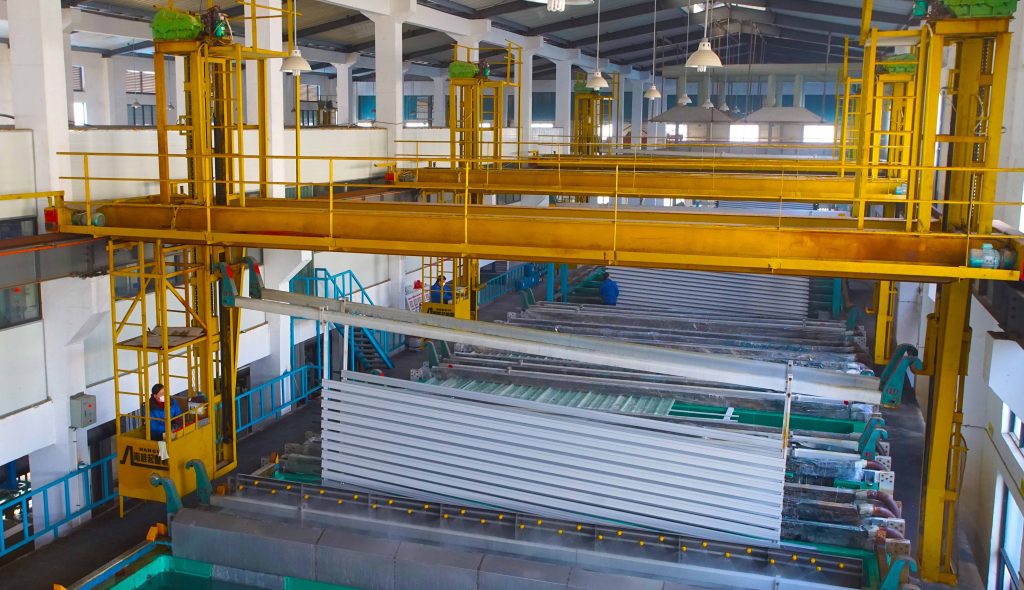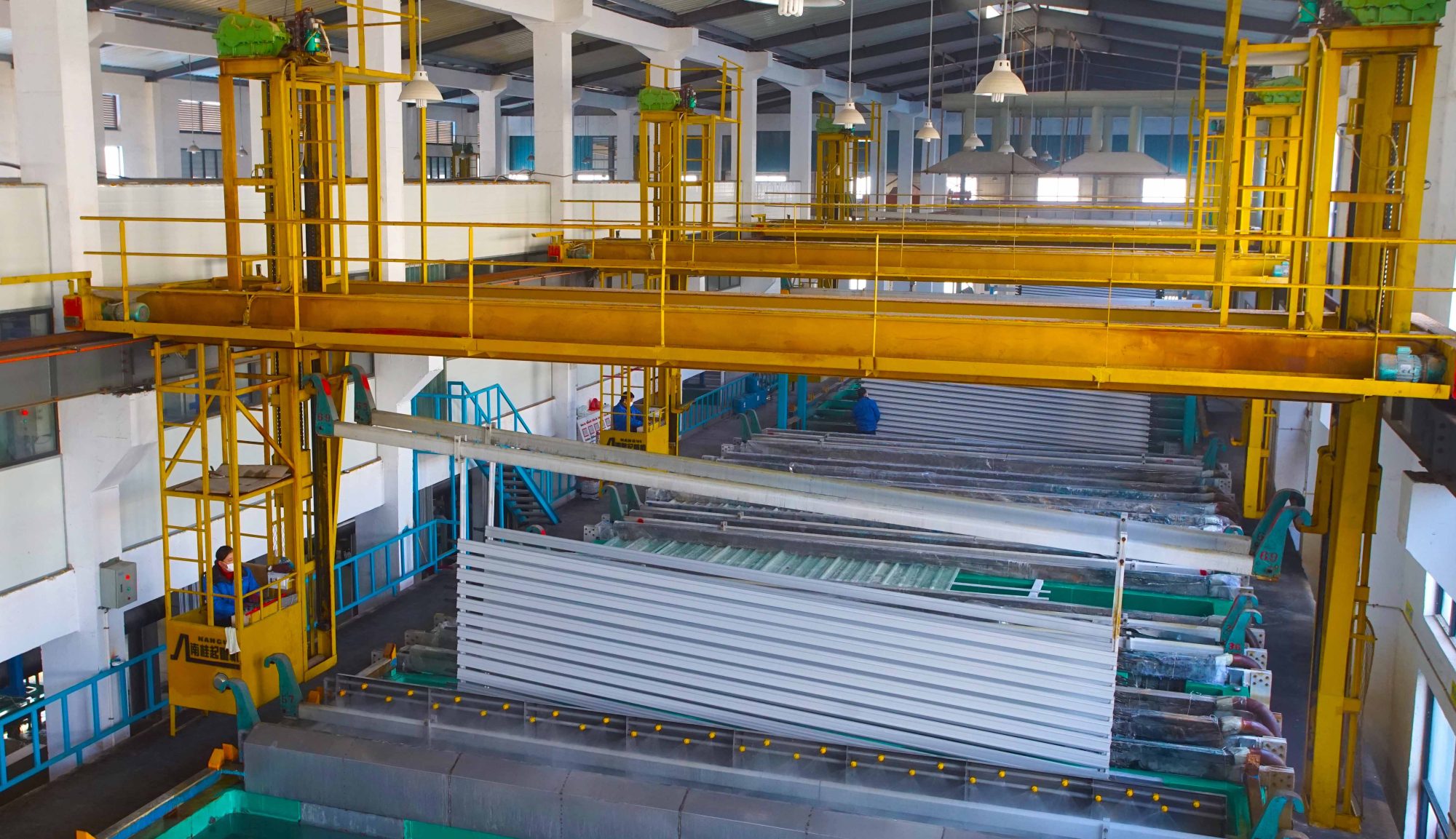Introduction
Aluminium, a metal revered for its lightweight, strength, and recyclability, plays a pivotal role across numerous sectors, from automotive to packaging. Yet, its production is marred by high energy consumption and significant CO2 emissions. This article explores the challenges and innovations steering the industry towards sustainability.
The Current State of Aluminium Production
Globally, about 70% of aluminium is produced through primary processes involving alumina refining and smelting—both notoriously energy-intensive. According to the International Aluminium Institute (IAI), these stages emit 1.8 and 12.8 tonnes of CO2 equivalent per tonne of aluminium, respectively, culminating in 16 tonnes of CO2e per tonne of primary aluminium. This stark figure underscores the environmental dilemma faced by the industry.
The Environmental Impact
The carbon footprint of aluminium production varies significantly with the energy source, making the geographical and technological context of production pivotal. The best in class emit approximately 4 tonnes of CO2 per tonne of aluminium, a stark contrast to the global average, highlighting the potential for reduction through sustainable practices.
Pathways to Decarbonization
The First Movers Coalition embodies the industry’s commitment to decarbonization, aiming to galvanize demand for aluminium produced with less than 3 tonnes of CO2 per tonne. This initiative, alongside technological innovation and the transition to renewable energy, marks a crucial step towards reducing the environmental impact of aluminium production.
Innovations in Reducing Emissions
The journey towards sustainable aluminium production is paved with innovative technologies. Mechanical vapour recompression and electric boilers in the Bayer process, along with electric and hydrogen calcination, represent significant strides in emission reduction. Moreover, the commercial upscaling of inert anodes technology could revolutionize aluminium smelting, drastically cutting CO2 emissions.
The Role of Renewable Energy and Carbon Capture
The shift towards renewable energy sources, such as hydro, solar, and wind, coupled with carbon capture systems, offers a viable path to sustainable aluminium production. These technologies not only reduce the carbon footprint but also align with global environmental goals.
Conclusion
As the aluminium industry faces the dual challenges of meeting global demand and reducing its environmental impact, the path forward is clear. Through collaborative efforts, technological innovation, and a steadfast commitment to sustainability, the industry can achieve a greener future. The evolution of aluminium production not only reflects the industry’s adaptability but also its responsibility towards the planet.

